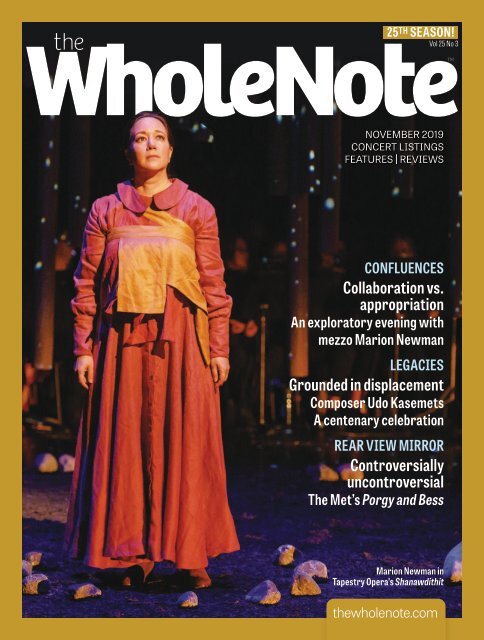
Moreover, the festival derives a whopping 73 percent of its budget from the sale of tickets to some of the most elegantly dressed music patrons in the world. a greeting from the five largest sponsors, for example, lights up inside the Grosses Festspielhaus before each performance. And while it would be a slight exaggeration to say that the festival is an island of private enterprise in a sea of arts-funding socialism, the prominence that it cheerfully grants its now eight corporate patrons dwarfs anything seen in the U.S. The world’s leading musicians continue to flock each summer to this entrancingly beautiful baroque town, where for five weeks they perform at the highest peak of accomplishment among Salzburg’s dove-gray and lichen-green palazzi and plazas.

This moneygrubbing interloper would defile the sacred space of Salzburg and dumb down the august classical-music and theater showcase, predicted high-minded media wise men. It comes at the moment in the opera when the villagers completely lose faith in Peter Grimes and this violence and anger is perfectly managed by Britten with the entire orchestra fighting amongst itself, the brass and timpani taking centre stage in a rather thundering fashion.In 1991, the Nestlé Corporation became the Salzburg Festival’s first-ever commercial sponsor. The Storm, the fourth musical depiction of the Sea, is a ferocious and violent affair. In this movement, Britten uses this chord to give the music a relentless feeling of being penultimate, of not really laying to rest, perfectly creating the necessary tension to deliver us to the storm. This sixth chord is often the chord used at the moment of a cadenza in classical repertoire, the soloist using the instability of the harmony as a springboard to embellish the music before returning to the tonic. Known as a “sixth chord”, it is a consonant chord that acts as a dissonance because it doesn’t have the same feeling of rest as the tonic in its root position. In conventional harmony, if you have a major chord with the 5th at the bottom, ie a chord of C Major voiced as (G,C,E), the intervals form a relationship of 1,4,6. In “Moonlight”, Britten uses harmony in a very interesting way to create a feeling of instability. Woodwinds, strings, and trumpets represent smaller bells, while a flute evokes waking birds. In “Sunday Morning,” which begins Act II, large church bells are suggested by clanging thirds from opposing pairs of horns, and later by actual bells. The rest of the orchestra interrupts periodically with ominously surging chords. Britten divides his orchestra into three voices: flutes and violins play a high, largely static melody, against which the harp, violas, and clarinets interject shimmering arpeggios, mirroring the spray of the waves. Dawn occurs between the opening Prologue and Act I and paints the timelessness of the morning quietude on the ocean.

The Four Sea Interludes is Britten’s first suite and is taken from the purely instrumental moments in the opera.

Britten’s operatic masterpiece, Peter Grimes, is the timeless and grim tale of how, when a society cannot face its own demons, it purges its collective soul by demonising something.


 0 kommentar(er)
0 kommentar(er)
